Throughout automotive history, there have been cars that started off as decent machines but were transformed into icons the moment their manufacturers decided to give them a new heart. A fresh or enhanced engine can completely change the identity of a car, turning it from ordinary into extraordinary. Here are ten examples where an engine swap by the factory reshaped how the car drove, how it was perceived, and how it is remembered today, with added production years, performance stats, and even how they stand in today’s collector market.
Ford Mustang with the 5.0 V8
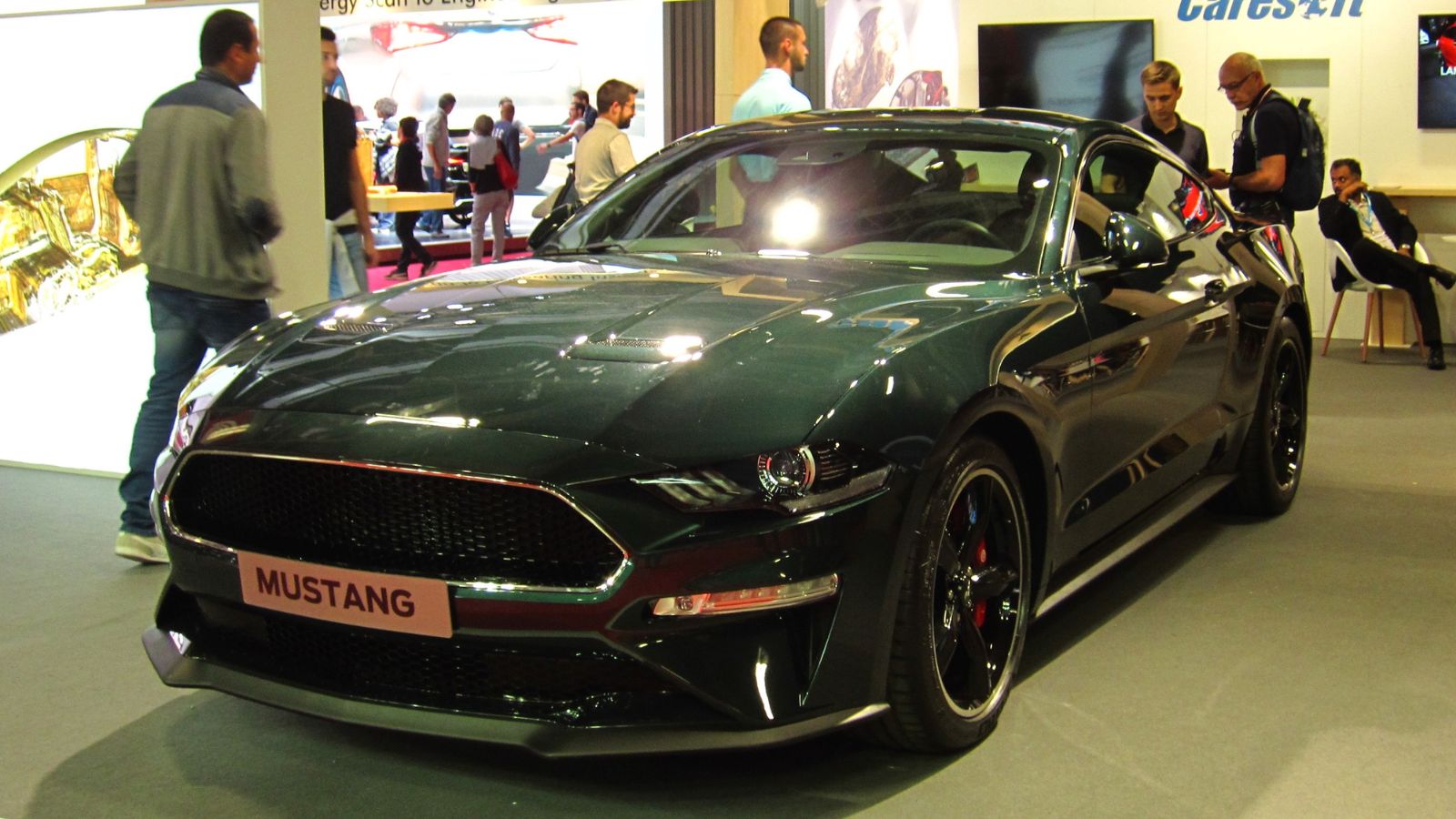
The Mustang launched in 1964 with modest inline sixes and small V8s, but by the late 1970s and especially into the 1980s, the 5.0 liter V8 completely transformed it. Producing around 200 to 225 horsepower in the Fox Body Mustang GT, the 5.0 offered affordable muscle car thrills during a time when emissions regulations had choked performance elsewhere. From 1979 through the early 1990s, the 5.0 Mustang became a street and drag strip hero. Today, clean Fox Bodies with the 5.0 regularly sell between 20,000 and 40,000 dollars depending on condition.
BMW M3 with the S14 Engine

The BMW 3 Series was a compact luxury car, but the arrival of the E30 M3 in 1986 changed everything. BMW fitted it with the S14 four cylinder engine, a 2.3 liter twin cam motor producing 192 horsepower in street trim and over 300 horsepower in racing form. Suddenly, the 3 Series coupe was a motorsport legend, dominating touring car championships around the world. Its performance figures were impressive for the time, with 0 to 60 mph in about 6.5 seconds. Today, E30 M3s command collector prices of 70,000 to well over 120,000 dollars, much of that value tied to the brilliance of the S14.
Nissan Skyline GT R with the RB26DETT
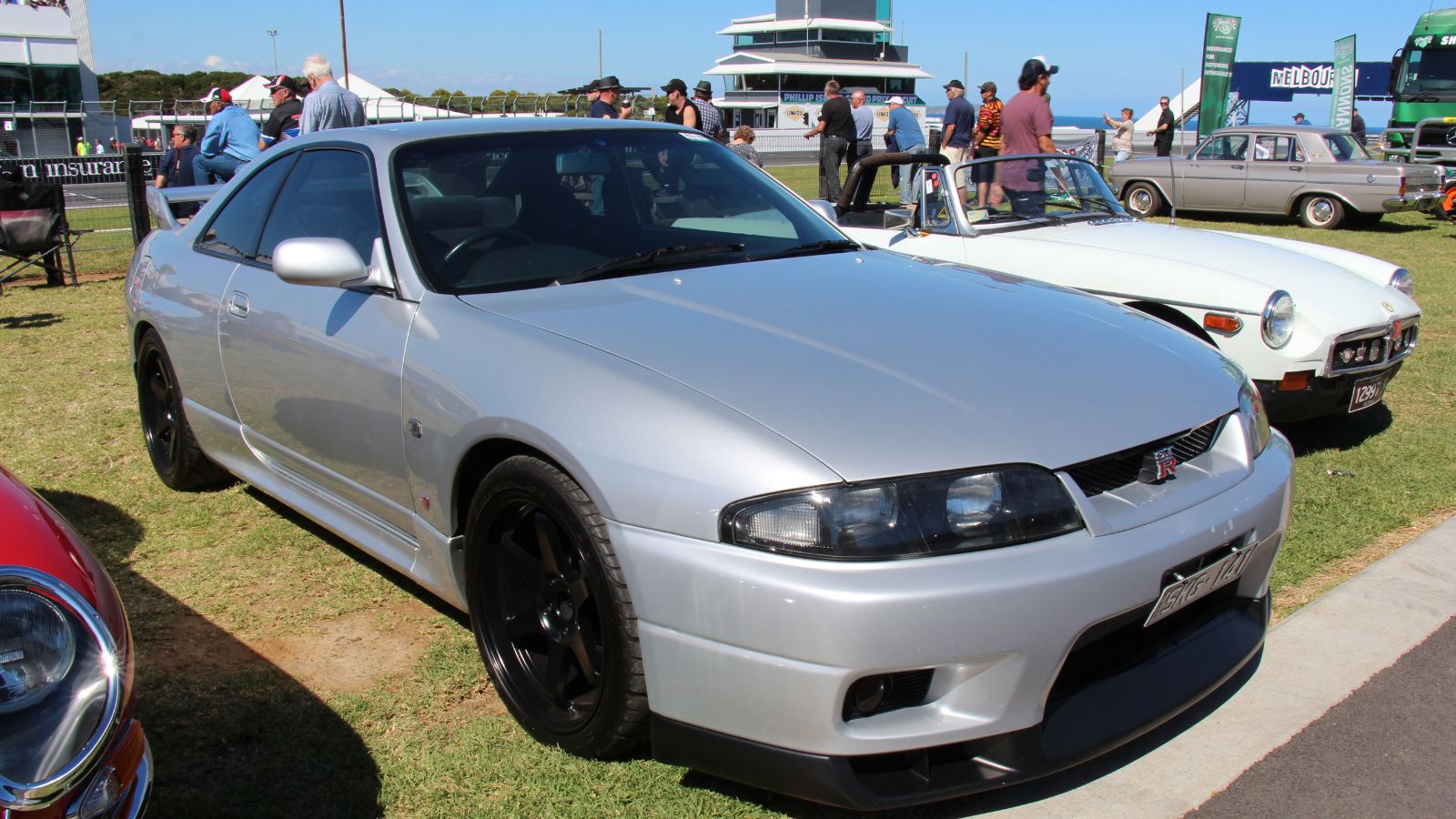
Before 1989, the Skyline was respected but not legendary. That changed with the R32 Skyline GT R, which arrived with the 2.6 liter twin turbo RB26DETT inline six. Officially rated at 276 horsepower under Japan’s gentlemen’s agreement, real figures were closer to 320. It was paired with advanced all wheel drive and electronic stability systems, making the car nearly unbeatable in Group A touring car racing. The R32 GT R was nicknamed “Godzilla” and became a global icon. Today, GT Rs with the RB26 sell for anywhere from 50,000 dollars to over 150,000 depending on condition and rarity.
Toyota Supra with the 2JZ GTE
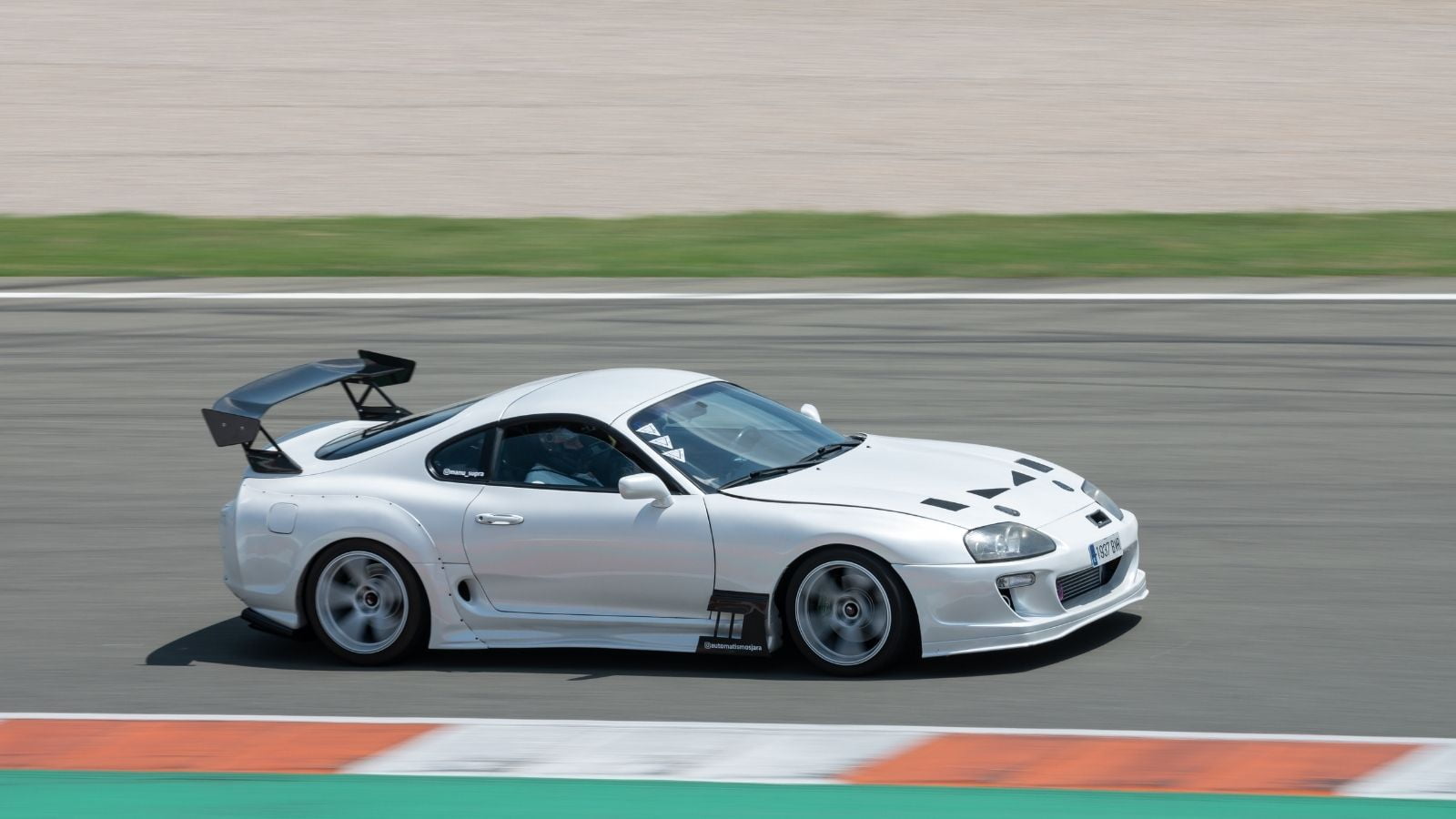
The Supra began life in the late 1970s as a sporty offshoot of the Celica, but it was the MKIV Supra of 1993 with the 2JZ GTE engine that transformed it into a legend. The 3.0 liter twin turbo inline six was officially rated at 276 horsepower in Japan and 320 in the US, but its iron block and stout internals meant it could handle 800 to 1,000 horsepower with modifications. The Supra’s 0 to 60 time of around 4.6 seconds made it a giant killer. Today, turbocharged MKIV Supras routinely fetch 80,000 to 200,000 dollars at auction, proving how much the 2JZ defined the car.
Porsche 911 Turbo with the Turbocharged Flat Six

The Porsche 911 had already built a reputation for precision handling by the 1970s, but the 911 Turbo of 1975 completely changed its character. With a 3.0 liter turbocharged flat six producing 260 horsepower, later enlarged to 3.3 liters and 300 horsepower, it could sprint from 0 to 60 mph in under 5 seconds. The surge of boost earned it the nickname “widowmaker,” but it also transformed the 911 into a legitimate supercar rival. Collectors today prize early 930 Turbos, with prices often exceeding 150,000 dollars for clean examples.
Chevrolet Corvette with the Small Block V8
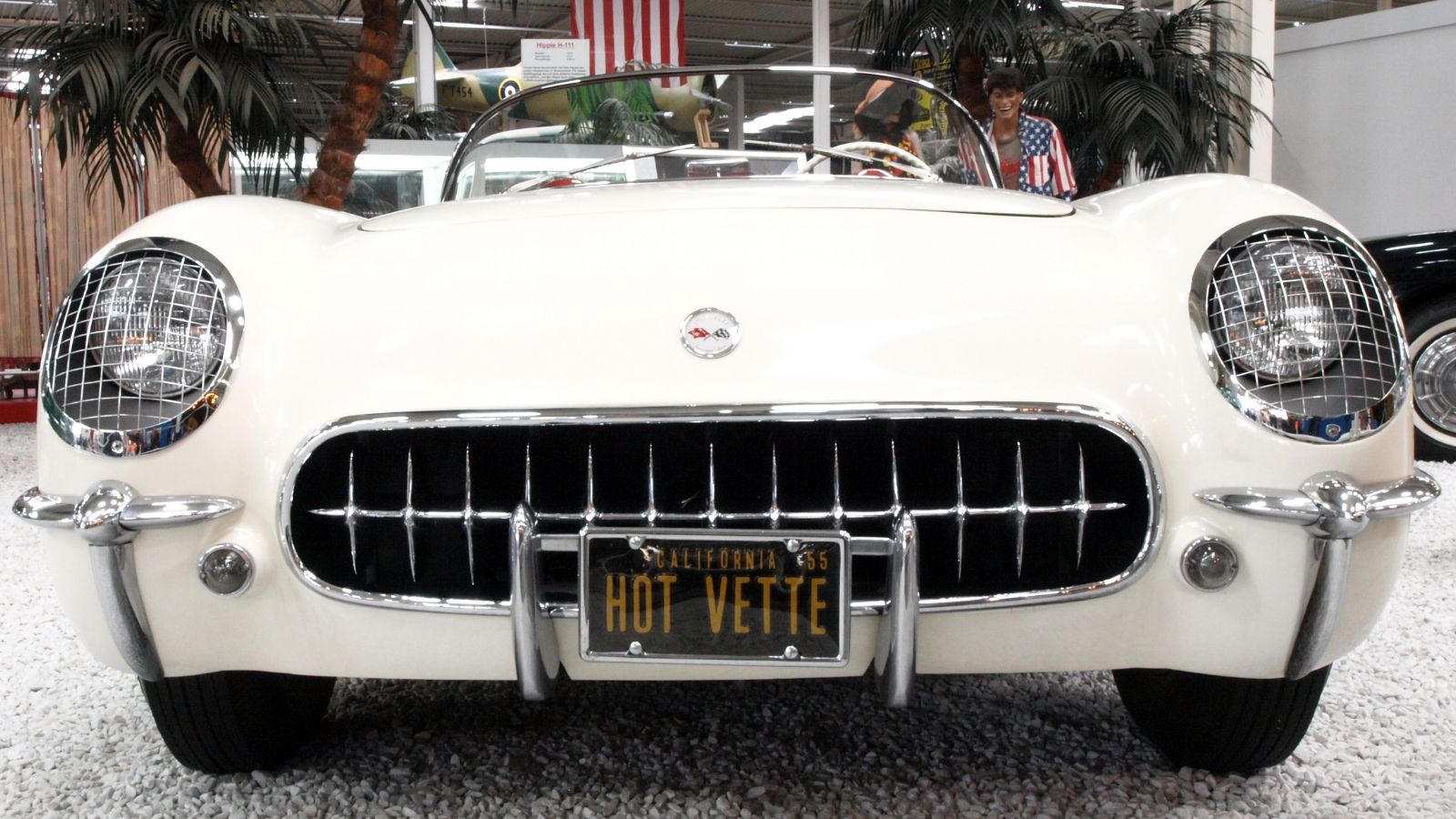
The first Corvettes of 1953 and 1954 looked stunning but came with a lackluster 150 horsepower inline six. In 1955, Chevrolet installed the small block 4.3 liter V8 producing 195 horsepower, and the Corvette was instantly transformed. Performance matched the car’s sporty styling, and the Corvette finally became America’s sports car. The transformation was so dramatic that the Corvette has used V8s ever since. Early small block Corvettes now sell for 60,000 to over 100,000 dollars depending on originality and condition.
Mitsubishi Lancer Evolution with the 4G63T

The Mitsubishi Lancer was an economy sedan until 1992, when the first Lancer Evolution debuted with the 2.0 liter turbocharged 4G63T engine and all wheel drive. With 244 horsepower in its earliest form and well over 300 horsepower in later generations, it turned the humble Lancer into a rally legend and a street weapon. By the time the Evo VIII arrived in the US in 2003, it was capable of 0 to 60 mph in 4.9 seconds. Today, clean Evos are highly collectible, with late generation Evo IX and X models often selling above 40,000 dollars.
Dodge Charger Hellcat with the Supercharged HEMI
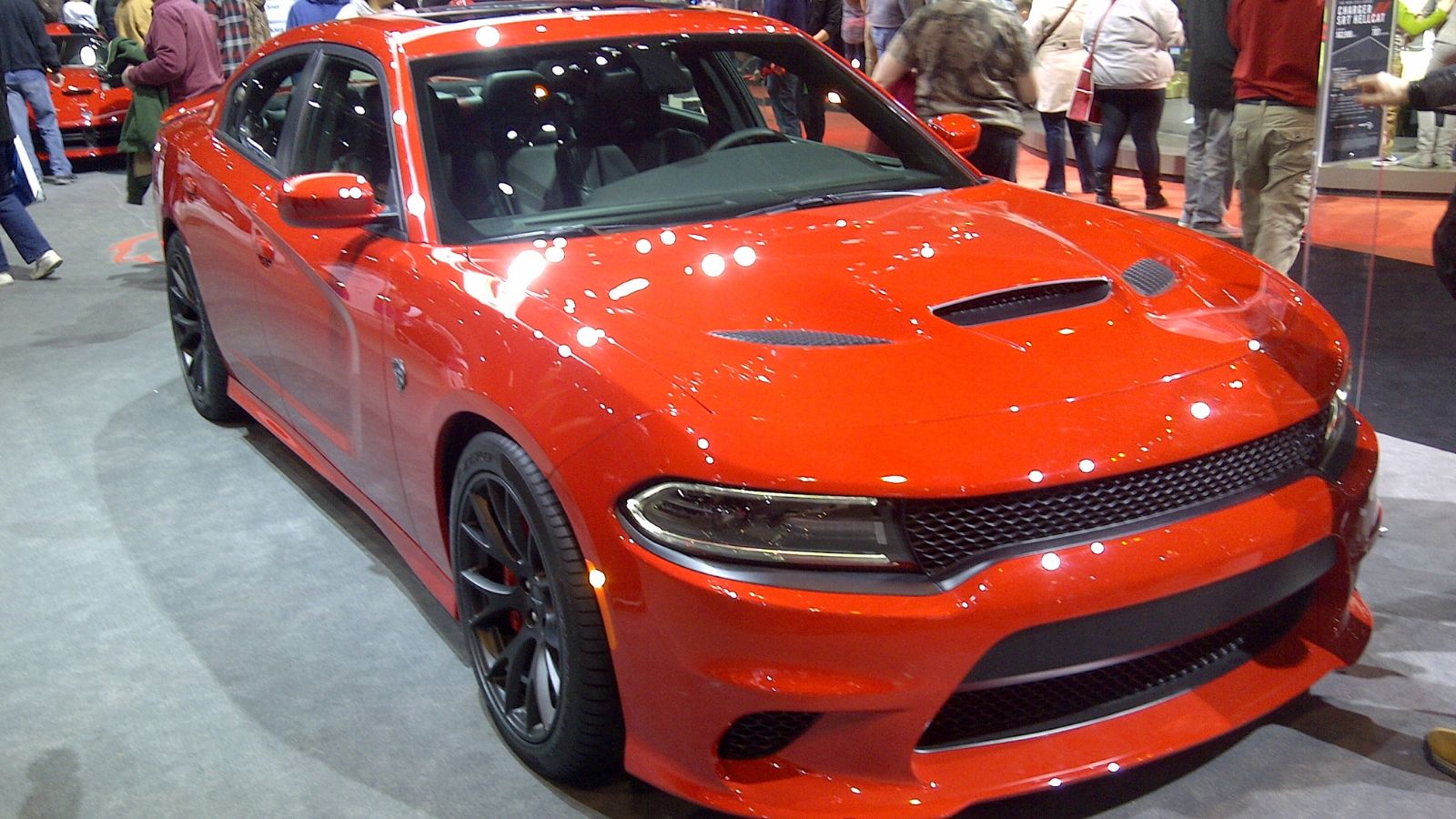
The Dodge Charger had settled into life as a big sedan until 2015, when Dodge installed the 6.2 liter supercharged HEMI V8 producing 707 horsepower. The Charger Hellcat could run the quarter mile in 11 seconds and hit 204 mph, numbers previously reserved for exotic supercars. This engine completely transformed the Charger’s image, turning it into a family sedan that could outgun Ferraris. Hellcat Chargers now hover in the 60,000 to 80,000 dollar range, with their reputation as modern muscle icons firmly established.
Mazda RX 7 with the 13B Turbo Rotary

Mazda’s RX 7 began in the late 1970s with small rotary engines, but the FD generation of the 1990s with the 13B turbo rotary transformed it into one of the most advanced sports cars of its time. With 276 horsepower, a lightweight chassis, and razor sharp handling, it could hit 0 to 60 mph in 5.0 seconds and challenge far more expensive cars. Today, clean FD RX 7s often sell for 40,000 to 80,000 dollars, with the engine being a major factor in its appeal.
Mercedes Benz 300SEL 6.3 with the M100 V8
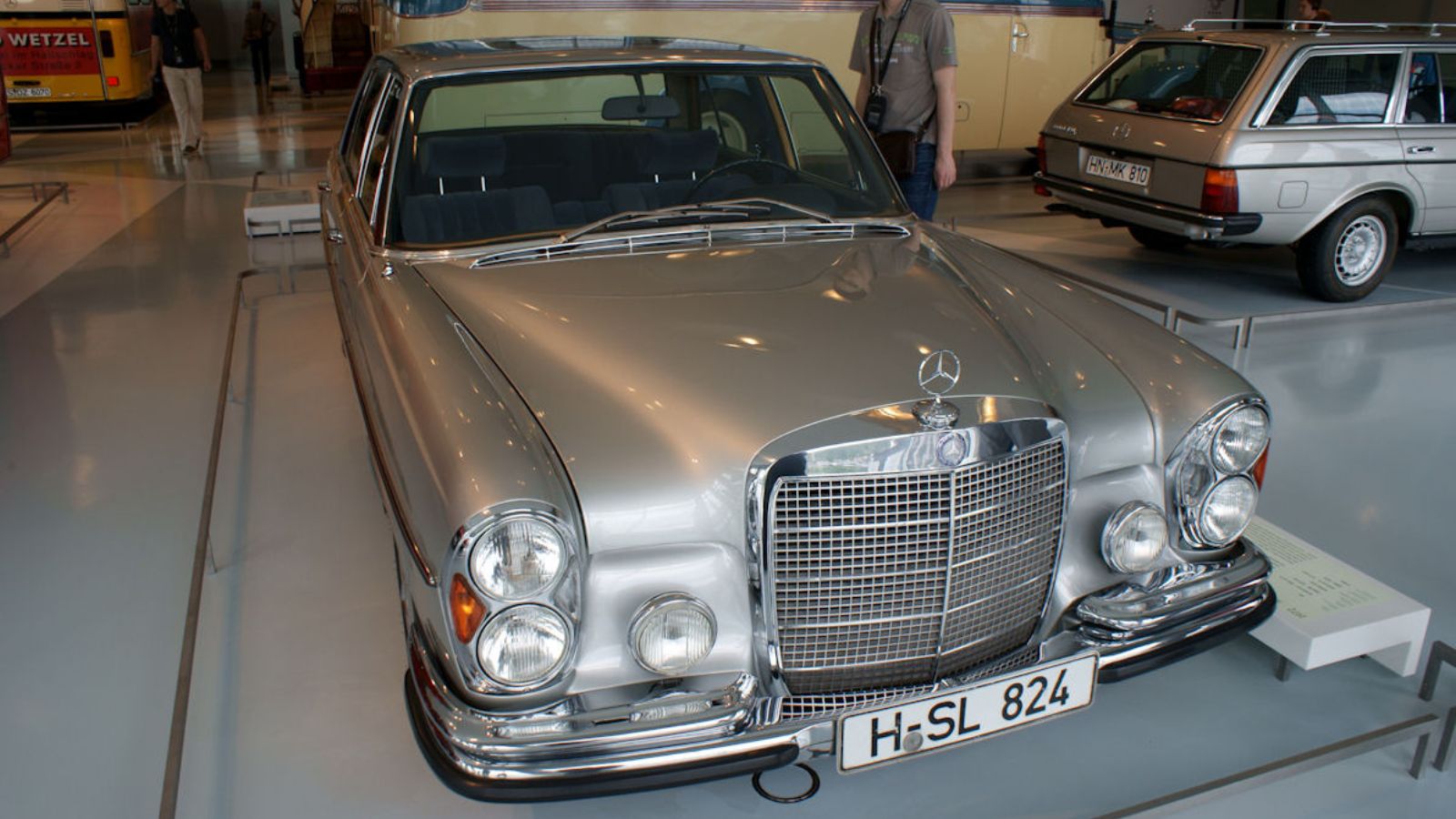
In 1968, Mercedes engineers decided to take the giant 6.3 liter M100 V8 from the 600 limousine and install it in the 300SEL sedan. The result was one of the first true super sedans, producing 247 horsepower and 369 lb ft of torque. It could accelerate from 0 to 60 mph in 6.5 seconds and hit 140 mph, shocking the luxury market. The 300SEL 6.3 was not just a sedan, it was the precursor to AMG and BMW M cars. Today, these rare sedans can command 80,000 to 120,000 dollars from collectors.
25 Facts About Car Loans That Most Drivers Don’t Realize

Car loans are one of the most common ways people fund car purchases. Like any other kind of loan, car loans can have certain features that can be regarded as an advantage or a disadvantage to the borrower. Understanding all essential facts about car loans and how they work to ensure that you get the best deal for your financial situation is essential. Here are 25 shocking facts about car loans that most drivers don’t realize:
25 Facts About Car Loans That Most Drivers Don’t Realize
